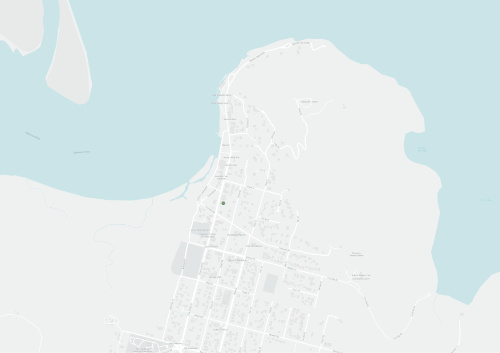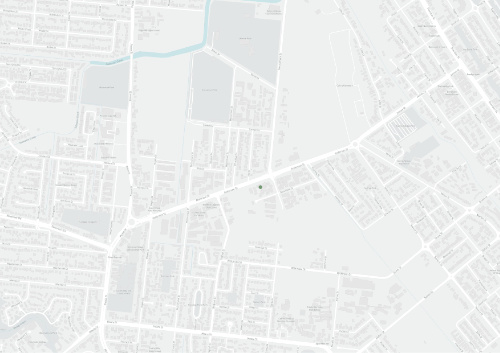Plan Explorer
Filter by:
Region
Topic
Sector
Other
Results
Great Barrier Reef report card 2012 and 2013
Current InformationalThe Great Barrier Reef report card is part of the Reef Quality Water Protection Plan and measures the progress from 2009 to 2013 regarding the Reef Water Quality Protection plan 2009 targets.
Reef Water Quality Protection Plan 2009
Superceded StrategicThe intention of the Reef Water Quality Protection Plan 2009 was to ensure that the water quality of the Great Barrier Reef Lagoon was improved by addressing non-point source pollution caused by large-scale land use along the eastern coastline.
Cape York Peninsula Land Use Strategy: Land Use Program: Aspects of Commercial and Non-Commercial Fisheries of Cape York Peninsula
CYPLUSCYPLUS commissioned WBM Oceanics Australia to prepare this report which describes the level of use of commerical and non-commerical fisheries, factors affecing the environmental condition of said fisheries and habitats, and management issues relating to each of the fisheries and habitats in 1994.
Draft Cape York Peninsula Natural Resource Management Plan (2005)
Obsolete Government PolicyThe aim of the Plan is to ensure that natural resources are well managed, and protected where required, for the benefit of us all and future generations. The Plan aims as far as possible to be consistent with other regional strategies.
Wunta Traditional Fire Management Plan Stage 1
Current OperationalThis document is to support the re-introduction of an indigenous practical fire management action plan to the Nesbit river area in Cape York Peninsula. The project is a stage one plan that will develop over time with further stages and to encompass more fire managed land in the area.
Wunta Draft Strategic Plan
Current StrategicWe are proud and culturally strong community organisation.
Cape York Peninsula Regional Biosecurity Strategy
Current StrategicCape York Natural Resource Management (Cape York NRM), Cook Shire Council (CSC), Weipa Town Authority, Wujal Wujal, Hopevale, Lockhart, Mapoon, Napranum, Aurukun, Pormpuraaw and Kowanyama Aboriginal Shire Councils and the Northern Peninsula Area Regional Council (NPARC) have collaboratively devel
Laura Rangers weed and fire plan
Current CommunityThis poster outlines the objectives, location, strategy, planned outcomes, and implementation of the Laura Ranger's Weed Management Strategy.
Recently added
Cape York Peninsula Land Use Strategy: Land Use Program: Tourism Study of Cape York Peninsula
CYPLUSThis study endeavoured to gather information about the then present tourims industry in the Cape York Pennsula as well as the future outlook and possible issues that may affect the tourism industry in the Peninsula.
Cape York Peninsula Land Use Strategy: Natural Resources Analysis Program: Terrestrial Vertebrate Fauna of Cape York Peninsula
CYPLUSThe primary aim of the Terrestrial Vertebrate Fauna project was to gather information by undertaking field serves in key areas lacking then existing data on vertebrate fauna and make that available for incorporation into the Conservation Assessment in stage 2 of the CYPLUS report.
Cape York Peninsula Land Use Strategy: Land Use Program: Survey of Forest Resources of Cape York Peninsula
CYPLUSAs an aspect of the Land Use Program a study into the forest resources of the Cape York Peninsula was undertaken with the aim of compiling a regional outlook on the economic, environmental, and cultural resources of forests and woodlands in order to establish a baseline of their use in the early
Cape York Peninsula Land Use Strategy: Natural Resources Analysis Program: Wetland Definition and Fauna Assessment of Cape York Peninsula
CYPLUSThe aim of this project was to define the differnt types and respective distribution of those types of wetlands within the Cape York Peninsula CYPLUS study area and attempt to investigate patterns between wetland habitat and faunal occurence.
Cape York Peninsula Land Use Strategy: Natural Resources Analysis Program: Vegetation Survey and Mapping of Cape York Peninsula
CYPLUSThis report summarises information about the structure, floristic composition, and areal extent of the present vegetation on the Cape York Peninsula in 1994.
Cape York Peninsula Land Use Strategy: Land Use Program: Values, Needs and Aspirations Study of Cape York Peninsula
CYPLUSThis study was undertaken between July 1994 and Janurary 1995 as a project within the Land use Program of CYPLUS.
Cape York Peninsula Land Use Strategy: Land Use Program: An Assessment of the Conservation and Natural Heritage Significance of Cape York Peninsula
CYPLUSThis report both details the distribution of particular conservation values across the Cape York Peninsula and also acts as a guide for the 40 GIS layers created during the CYPLUS conservation assessment.
Cape York Peninsula Land Use Strategy: Natural Resources Analysis Program: Fauna Distribution Modelling for Cape York Peninsula
CYPLUSThis project report was published in 1995 as part of the CYPLUS reporting. It's pirpose was to make information of the fauna of the Cape York Peninsula readily available to those who required it or may require it in the future.
Cape York Peninsula Land Use Strategy: Land Use Program: Services and Infrastructure of Cape York Peninsula
CYPLUSThis report which compromises an aspect of the CYPLUS reporting gives an overview of the social structure and inherit obstacles in the way of community growth on the Cape York Peninsula.
Mitchell River Watershed Management Group business plan
Current OperationalThis document was a strategic plan released in late 2012 that intended to guide the Mitchell River Management Group on the priorities of the organisations stakeholders, defining a set of projects and activities for implementation, documenting the areas which funding might come from, and defi

